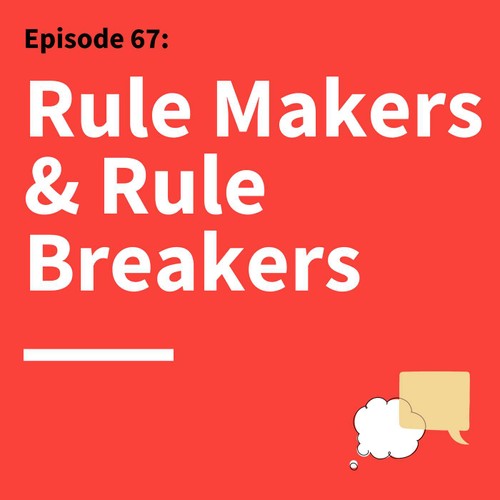
 Think Fast Talk Smart: Communication Techniques
Think Fast Talk Smart: Communication Techniques 67. What Is Normal? How Culture Affects Communication Styles
25 snips
Sep 13, 2022 Michele Gelfand, a leading expert in cross-cultural management, dives into the intriguing world of social norms. She discusses the concept of 'tight' versus 'loose' cultures, revealing how these frameworks shape our behaviors and communication styles. Gelfand explains why societies have varying levels of adherence to norms, and how this affects everyday situations, from road rules to library etiquette. The conversation highlights the impact of perceived threats on communication, adding depth to our understanding of cultural dynamics.
AI Snips
Chapters
Books
Transcript
Episode notes
Tight vs. Loose Cultures
- Cultures are categorized as "tight" or "loose" based on adherence to social norms.
- "Tight" cultures have stricter norms and prioritize order, while "loose" cultures are more permissive and value openness.
Trade-offs of Tight and Loose Cultures
- Tight cultures excel in order (low crime, synchrony, self-control) but struggle with openness.
- Loose cultures thrive in openness (tolerance, creativity, adaptability) but struggle with order.
Openness Experiment
- Researchers tested cultural openness by having assistants ask for directions with different appearances (warts, tattoos, or normal).
- Loose cultures offered more help to those with unusual appearances, demonstrating greater tolerance.




